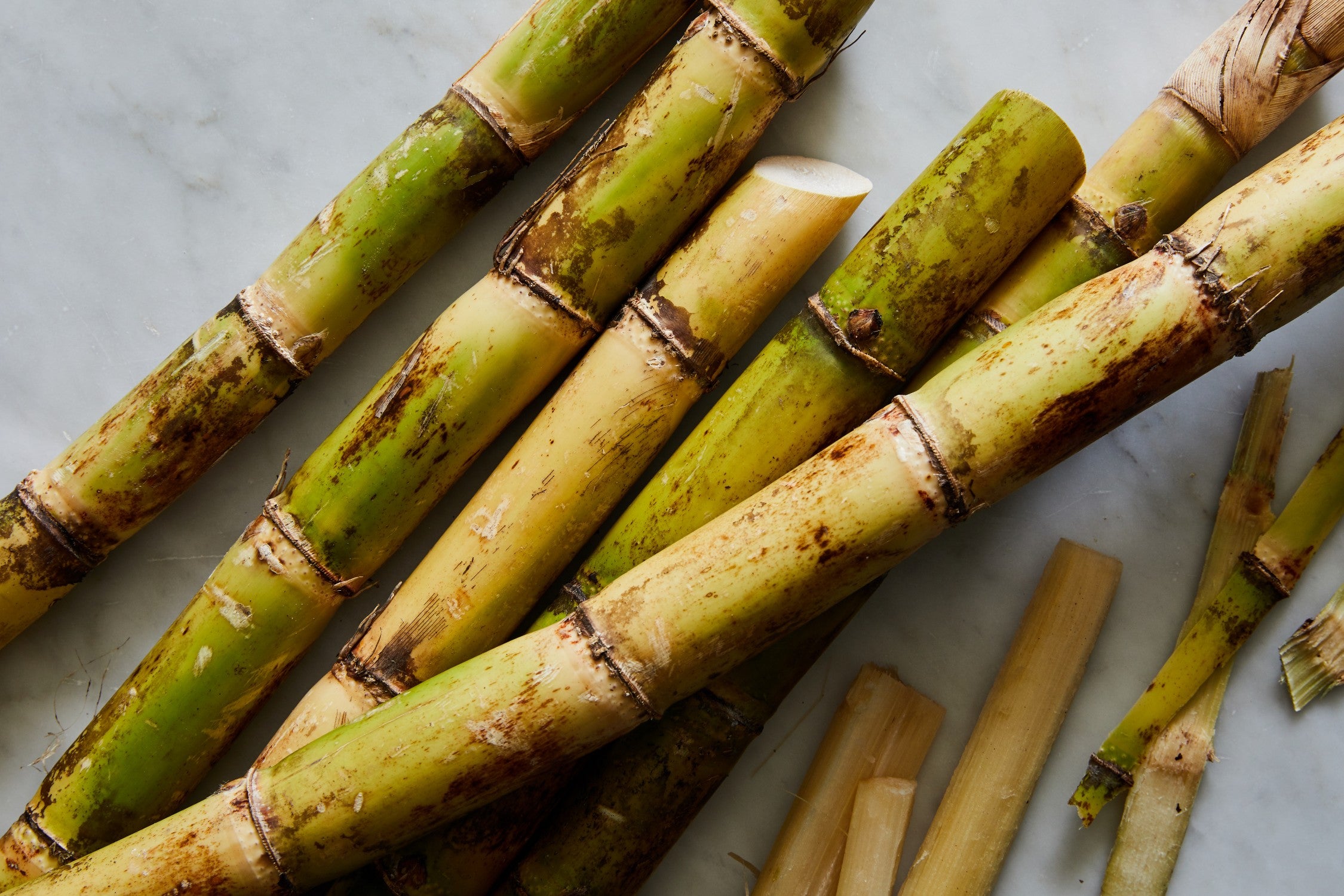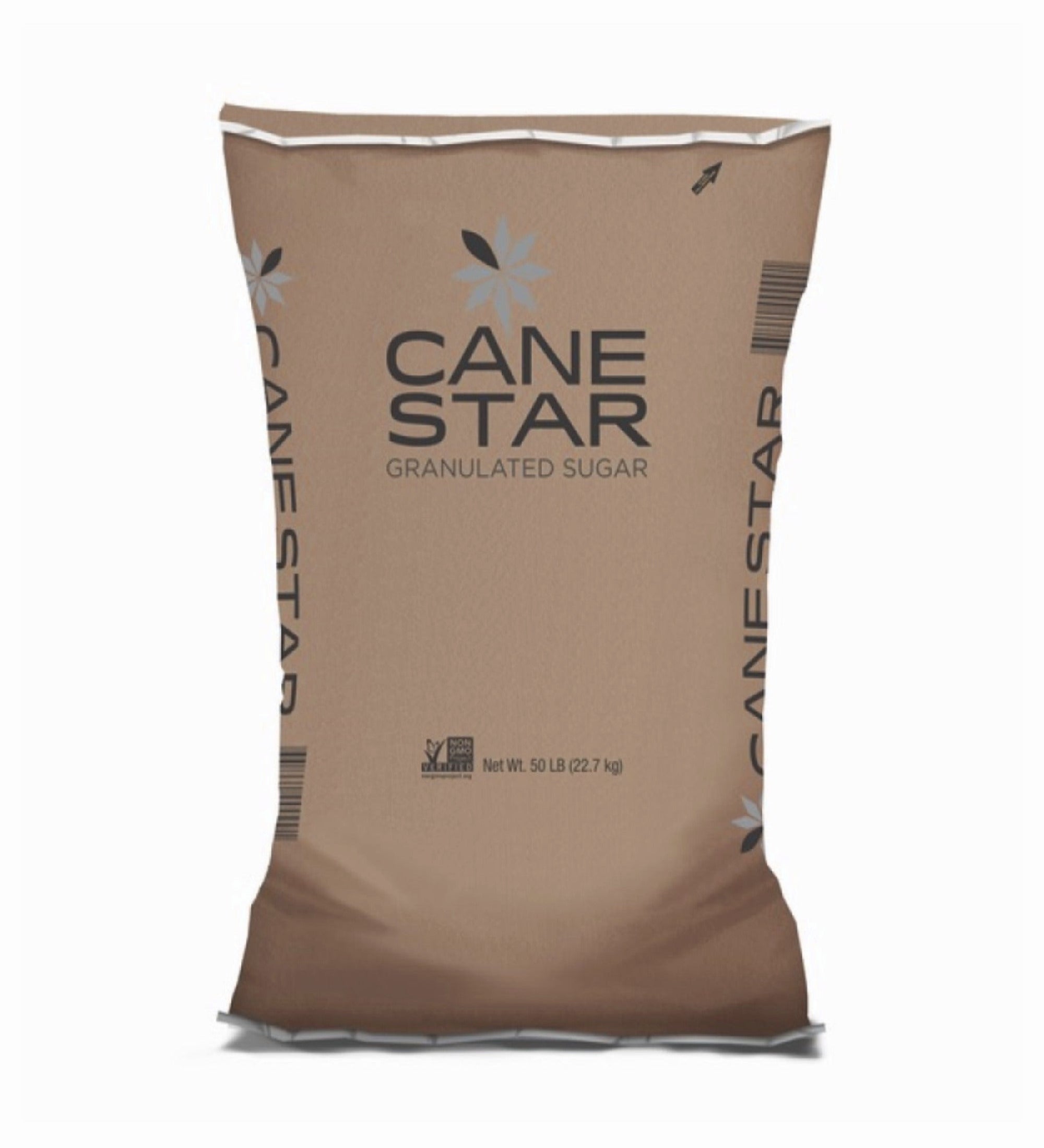Efficient Cane Sugar Processing: Maximizing Yield and Pureness
An Extensive Overview to the Ecological Effect and Sustainability Practices in Walking Stick Sugar Handling
The ecological influence of cane sugar processing presents a complex range of difficulties that warrant careful examination. From soil degradation and excessive water usage to the carbon footprint connected with growing and production, the consequences of conventional techniques are far-reaching. In contrast, the adoption of cutting-edge sustainability measures supplies a path towards extra liable manufacturing techniques. Comprehending the interaction between these issues is important for stakeholders in the industry. What specific practices can be implemented to strike an equilibrium between productivity and environmental stewardship? The solutions depend on a better take a look at both the challenges and potential remedies.
Summary of Walking Stick Sugar Processing
Walking cane sugar processing entails a collection of systematic actions that transform sugarcane right into refined sugar. Originally, harvested sugarcane is carried to processing centers, where it undergoes cleaning up to remove soil and particles. Following this, the walking stick is squashed to draw out juice, which is after that clarified by getting rid of impurities with heating and the addition of lime.
The clarified juice goes through dissipation, where water is removed to concentrate the sugar material. These crystals are divided from the continuing to be syrup using centrifugation, resulting in raw sugar.
The final product is after that dried out and packaged for circulation. Throughout this entire process, preserving efficiency and high quality control is vital to guarantee the sugar satisfies sector criteria. Each action in walking cane sugar handling not just adds to the last product however additionally has effects for source use and waste generation, setting the stage for discussions on sustainability and environmental effects connected with sugar manufacturing.
Ecological Obstacles of Production
The production of cane sugar offers several significant ecological obstacles that warrant focus. One primary worry is the extensive use agrochemicals, consisting of chemicals and plant foods, which can bring about dirt degradation, biodiversity loss, and contamination of regional water resources. The overflow from sugarcane fields usually lugs these chemicals right into neighboring ecosystems, disrupting aquatic life and affecting the health and wellness of areas reliant on these water bodies.
One more challenge is the high energy consumption connected with sugarcane processing. The boiling and refining phases call for significant warmth, mainly generated by melting fossil gas, adding to greenhouse gas discharges. Furthermore, the expansive acreage required for sugarcane cultivation can result in logging and habitat destruction, further exacerbating environment modification and threatening wildlife.
Moreover, the labor practices in some areas elevate ethical problems, as employees may encounter bad working conditions and poor earnings. This circumstance frequently continues a cycle of hardship in local areas. Cane Sugar Processing. Attending to these environmental difficulties is important for developing more lasting practices in cane sugar production, ultimately benefiting both the setting and the communities entailed in this industry
Water and Land Use Influence
Water resources and land use are crucial elements in the walking cane sugar industry that significantly impact the setting. The cultivation of sugarcane needs significant water input, with estimates suggesting that it can eat approximately 2,000 liters of water per kg of sugar generated. This extensive use of water commonly leads to depletion of regional water sources, influencing not just the sugarcane ranches however additionally bordering ecosystems and neighborhoods that count on the very same water resources for farming and residential usage.

Furthermore, land usage for sugarcane cultivation can bring about deforestation and the conversion of all-natural habitats right into monoculture haciendas. This technique decreases biodiversity, interferes with regional ecological communities, and contributes to dirt degradation. The growth of sugarcane areas typically encroaches on useful agricultural land, creating competition for resources in between food and biofuel manufacturing.
Sustainable methods, such as optimizing irrigation methods and implementing plant turning, are vital to minimize these impacts. By adopting much more reliable water usage and land monitoring strategies, the cane sugar market can lower its ecological footprint, making certain a balance between agricultural efficiency and ecological conservation.
Greenhouse Gas Emissions
Greenhouse gas exhausts stand for a significant environmental worry within the walking cane sugar handling industry, particularly as agricultural practices expand to satisfy worldwide demand. The growing of sugarcane, a crop that grows in exotic environments, depends greatly on artificial plant foods and chemicals, which add to laughing gas discharges. Furthermore, land-use modifications, consisting of logging for brand-new sugarcane haciendas, launch co2 saved in plant life and dirt.
Throughout processing, energy usage is an additional major resource of greenhouse gas exhausts - Cane Sugar Processing. Several sugar mills make use of fossil gas to power equipment and generate warm, causing substantial carbon footprints. Furthermore, the transport of raw sugarcane and ended up items adds layers of emissions via fuel combustion in lorries
This includes reviewing present farming methods, refining approaches, and transportation systems to recognize locations for improvement and reduction. Dealing with greenhouse gas exhausts is important for promoting an extra sustainable walking stick sugar sector in a changing environment.

Lasting Practices and Innovations
Sustainable techniques and technologies are progressively crucial in the walking stick sugar handling market as stakeholders seek to lower environmental influences while preserving productivity. One considerable development is the execution of integrated plant monitoring, which maximizes resource usage this contact form by incorporating dirt management, parasite control, and crop turning techniques. This technique enhances return while minimizing chemical inputs and protecting dirt health.
In addition, the adoption dig this of eco-friendly energy sources, such as biomass from sugarcane deposits, has gotten grip - Cane Sugar Processing. By converting waste items right into energy, processing facilities can minimize their dependence on fossil fuels, therefore lowering greenhouse gas discharges
Water monitoring practices have likewise seen improvements with the recycling and reusing of water in handling plants, significantly minimizing freshwater intake. Innovations in innovation, such as accuracy farming, enable farmers to keep an eye on plant wellness and resource usage better, ensuring sustainable growing methods.
Moreover, qualification programs like Fair Profession and Jungle Partnership motivate eco liable farming techniques and advertise social equity within the supply chain. By embracing these sustainable practices and developments, the walking stick sugar processing market can improve its durability and add favorably to ecological stewardship.
Verdict
The ecological influence of walking cane sugar handling offers substantial obstacles, consisting of dirt deterioration, high water usage, and greenhouse gas discharges, together with honest worries connected to labor practices. Resolving these concerns via lasting methods, such as integrated crop monitoring, renewable power fostering, and water recycling, is crucial. By advertising ecologically accountable and socially equitable methods in sugar production, the sector can minimize its unfavorable effects, making certain an extra sustainable future for both areas and environments associated with this sector.
Walking cane sugar handling involves a series of systematic actions that transform sugarcane right into refined sugar. Each action in walking stick sugar processing not just contributes to the last product yet likewise has implications for source use and waste generation, establishing the stage for conversations on sustainability and environmental influences connected with sugar manufacturing.
Greenhouse gas discharges stand for a considerable ecological issue within the walking cane sugar processing sector, especially as farming practices increase to meet international demand.Lasting practices and advancements are increasingly crucial in the cane sugar handling industry as stakeholders seek to lower environmental effects while keeping efficiency.The ecological influence of walking cane sugar handling presents considerable challenges, consisting of soil destruction, high water usage, and greenhouse gas discharges, alongside ethical issues associated to check my blog labor techniques.